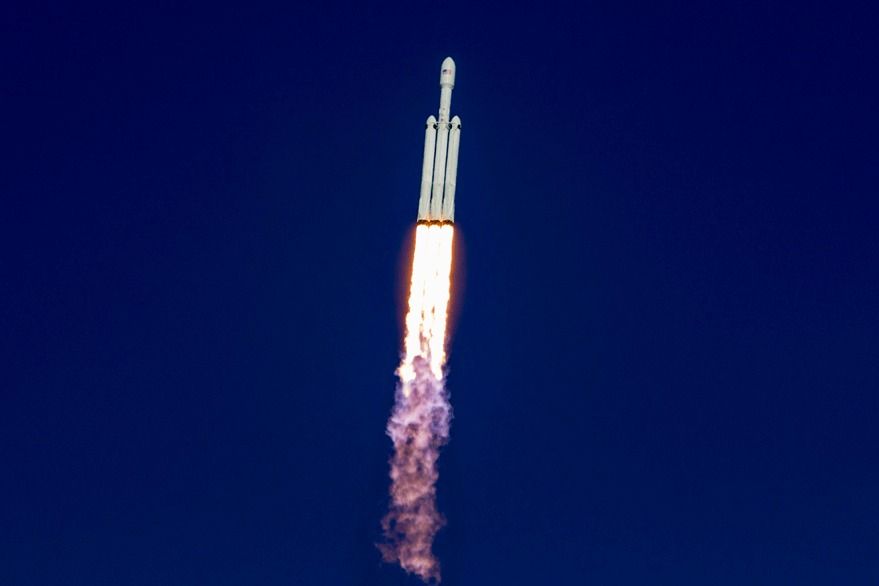WASHINGTON — A Swedish company with plans for a geostationary communications satellite announced Oct. 16 a contract with SpaceX for a Falcon Heavy launch no earlier than the fourth quarter of 2020.
Ovzon of Solna, Sweden, has not yet purchased the satellite, but paid Eutelsat $1.6 million earlier this year to move one of its satellites to an unspecified Ovzon orbital slot to preserve spectrum rights at that location.
In a statement, Ovzon CEO Per Wahlberg said procurement of the company’s first satellite is “in the final stage,” and that production of an advanced onboard processor started earlier this month.






